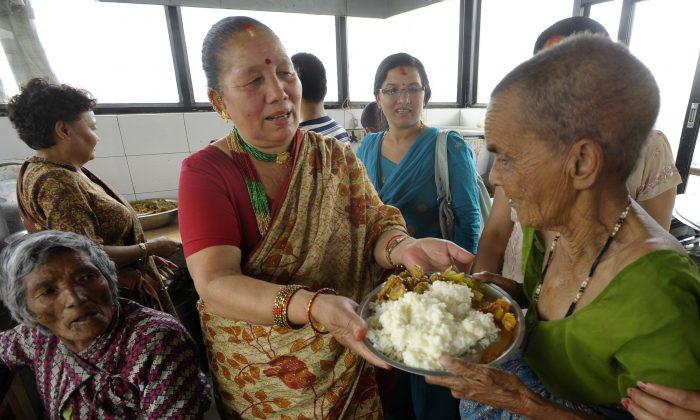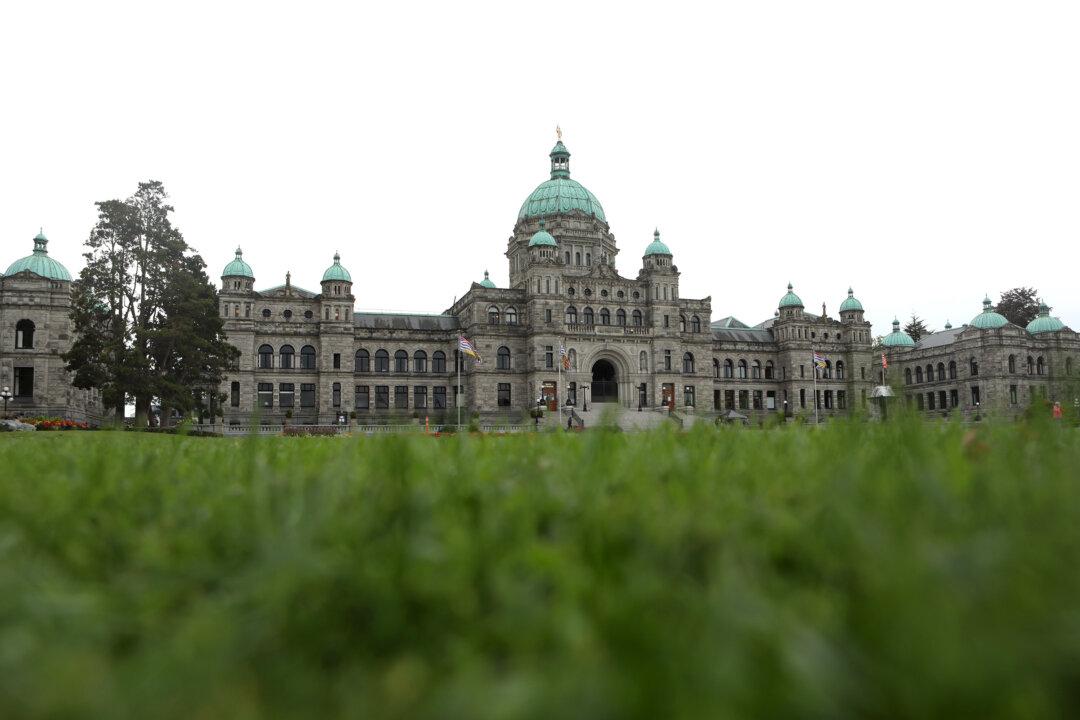Mother’s Day is celebrated in a variety of ways across the world—from a pilgrimage to sacred ponds in Nepal, to breakfast croissants in bed for Belgian mothers. The day also holds different meanings and associations.
In Bolivia, Mother’s Day celebrates the women who fought and died for the country’s independence in 1812, according to local publication Los Tiempos. It is celebrated on May 27, the date of the Battle of La Coronilla in 1812.
In France, Mother’s Day became an opportunity to promote large families, to boost the low birth rate, according to the family advocacy group Union Des Familles. France currently awards large families with the Médaille de la Famille Française: Parents with four to five children get bronze medals, parents with six to seven children get silver medals, and parents with eight or more get gold medals.
In Indonesia, the holiday is celebrated on December 22, the anniversary of the opening of the first Indonesian Women Congress in 1928. In many Eastern European countries, Mother’s Day was conflated with International Women’s Day during the time of communist rule, though the two have been celebrated separately again post-communism.
In Thailand, Mother’s Day celebrates the royal family and patriotism. It is celebrated on Queen Sirikit’s birthday, August 12. Father’s Day is also celebrated on the King’s birthday.
In Nepal, a traditional pilgrimage takes place to honor mothers who have died. Mata Tirtha Puja, which means “Mother Pilgrimage New Moon,” occurs on May 9, 2013, though it varies from year to year, following the lunar calendar. The pilgrimage site is Matatirtha near Kathmandu in Central Nepal.
Local publication The Himalayan recounts the legend: A cow herder once saw his mother’s face in a pond in Matatirtha. He tossed bread in the pond and his mother’s image ate it. People traditionally offer gifts and bathe in the ponds of Matatirtha.






Friends Read Free